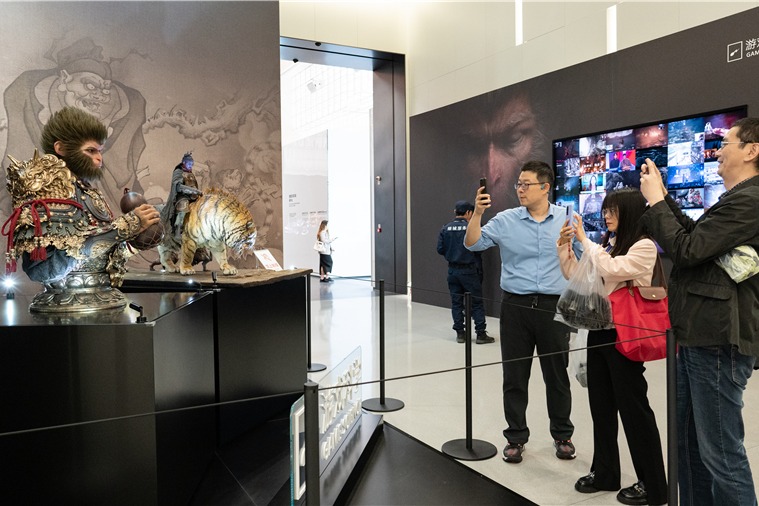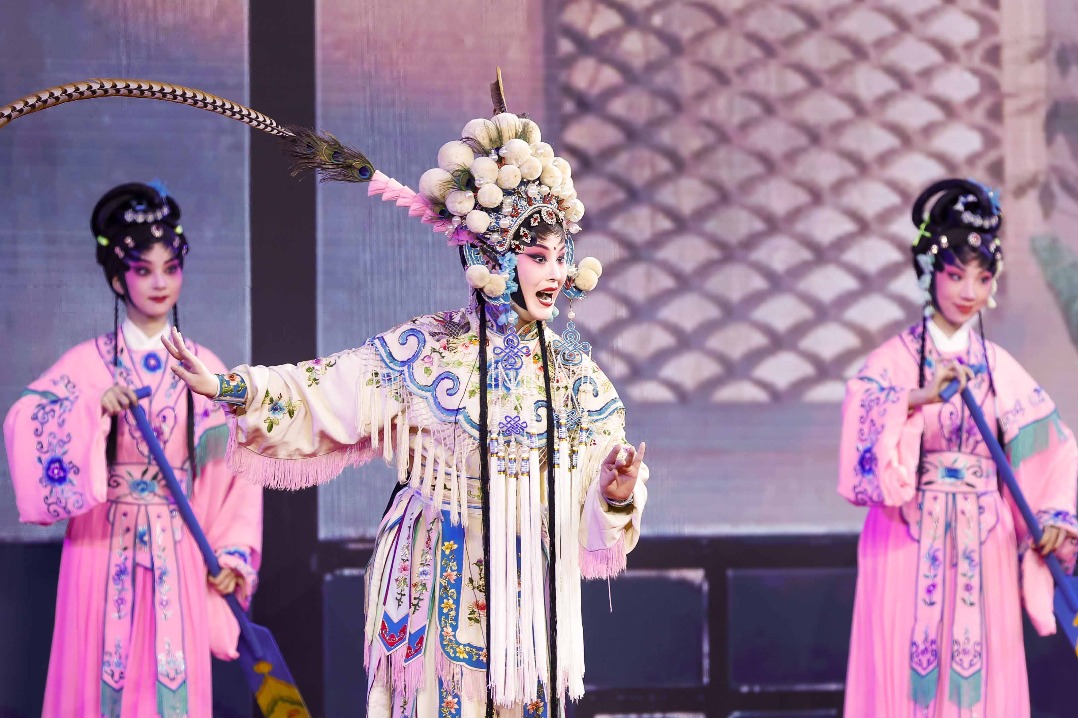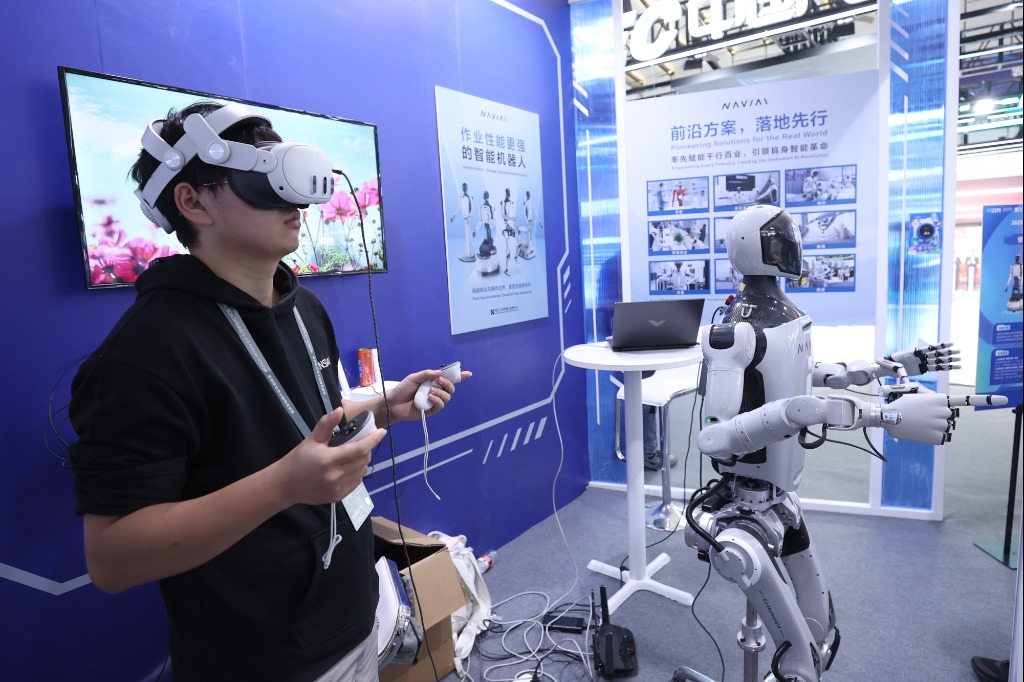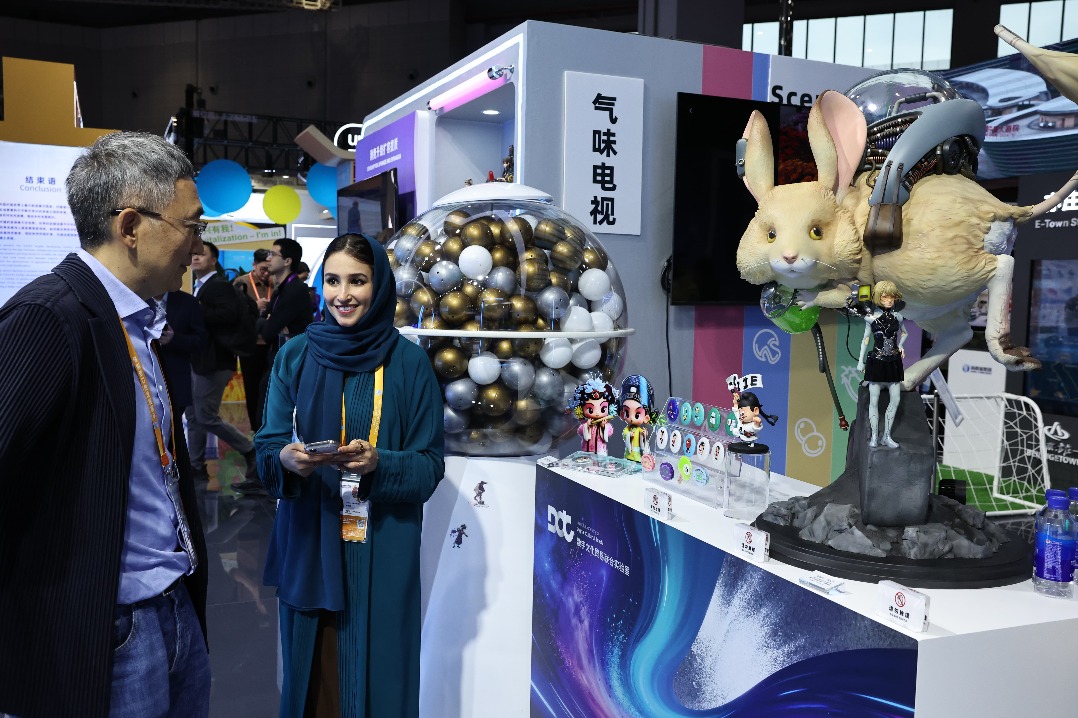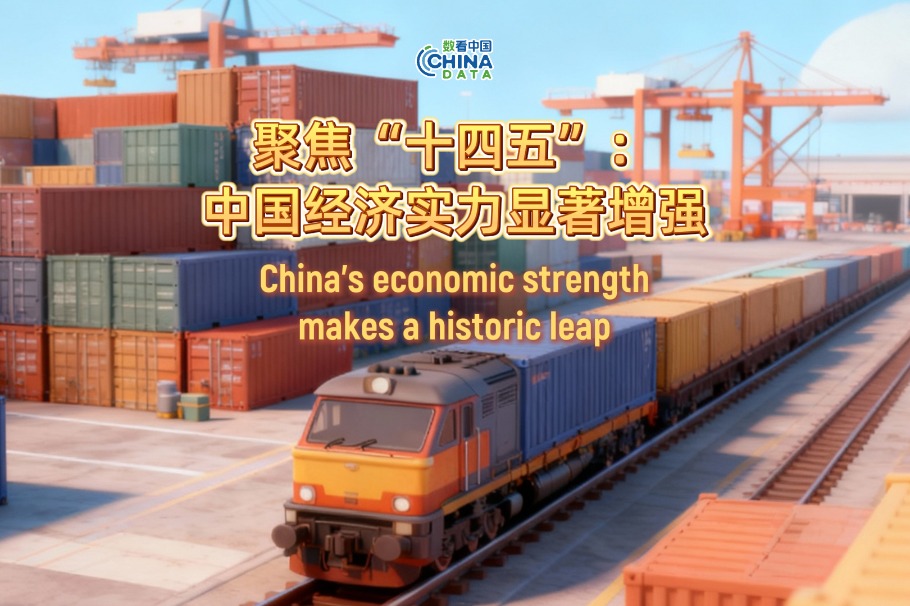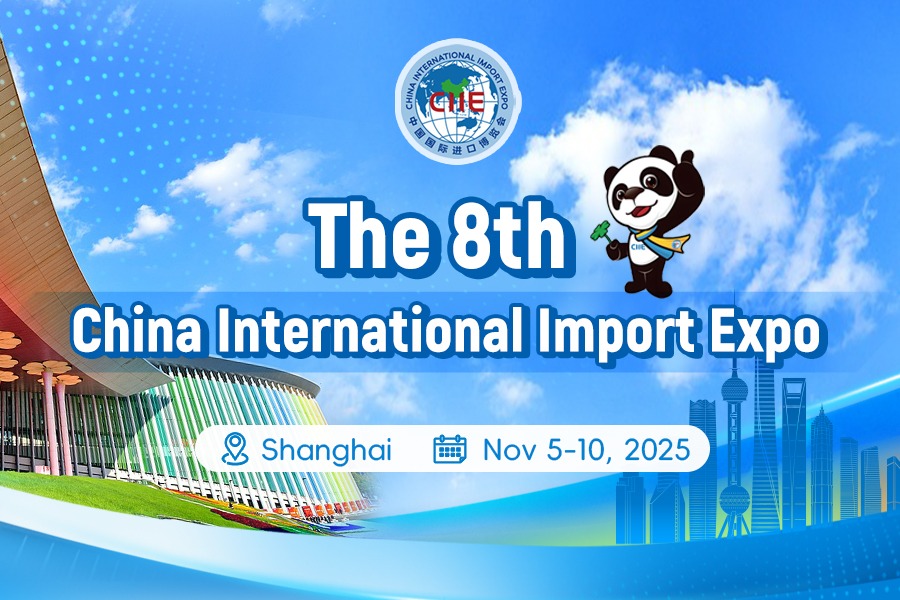China's 18 years in the WTO: resilience through multilateralism

China's aggressive service sector reform has turned this sector into a new engine for economic growth, accounting for 52 percent of GDP in 2018 with particular emphasis on the rapid rise in knowledge-intensive services. In 2012, the United Nations Conference on Trade and Development and the Chinese government co-organized the first China International Fair for Trade in Services. This year's fair expanded its scope widely and now counts 130 countries and regions and 21 international organizations among its participants.
China's grand outreach plan to the world as encapsulated in the Belt and Road Initiative touches two of the strategic areas mentioned in the World Bank report "China: 2030". The connectivity platform of the initiative would not only maintain strong trade and investment links with the rest of the world, but also create a new regionalism that, with full ownership of participating nations, could buttress the weakening impact of multilateralism.
In providing relevant infrastructure investment for other developing countries while linking the less-developed western regions of China with Central Asia and Europe, the Belt and Road can also address the issue of inequality. As the initiative wades into sensitive areas like the debt burden of recipient countries, security issues along the maritime route and the role played by SOEs in foreign construction plans, it must maintain the open ownership principle, full transparency and lean on multilateral agreements from the WTO, such as the one on trade facilitation.
Based on China's long history, the past 18 years is too short a period to pass any definite judgment on the impact of its WTO membership. But it can be said since its accession in 2001, China has made great strides toward full compliance with the multilateral rules and regulations. And as China's membership has facilitated its massive economic reform to become one of the world's strongest trading nations, the world has also enjoyed the benefits of China's membership.
Some major members of the WTO, including the US, EU and Japan, are working together to introduce reforms into the organization, partly to address non-market practices mostly aimed at China. China, on the other hand, can also contribute by bringing in its own WTO reform proposals and can help to champion requests coming from developing countries. While searching for a multilateral solution to trade conflicts, ongoing trade tensions should not result in countries drifting apart and reduce the WTO's authority as the only multilateral platform that has proved able to deal with such issues.
In the future, China's impact on the organization is bound to strengthen, which does not mean other members will become less meaningful. President Xi has reiterated time and again that China's development hinges closely on the strength of the multilateral system.
It should be expected China will build on lessons learned from its WTO membership to, together with other members, forge a well-equipped organization to deal with rising trade conflicts, including the disruptive effects arising from the digital economy.
Supachai Panitchpakdi was director-general of the World Trade Organization from 2002 to 2005.

















